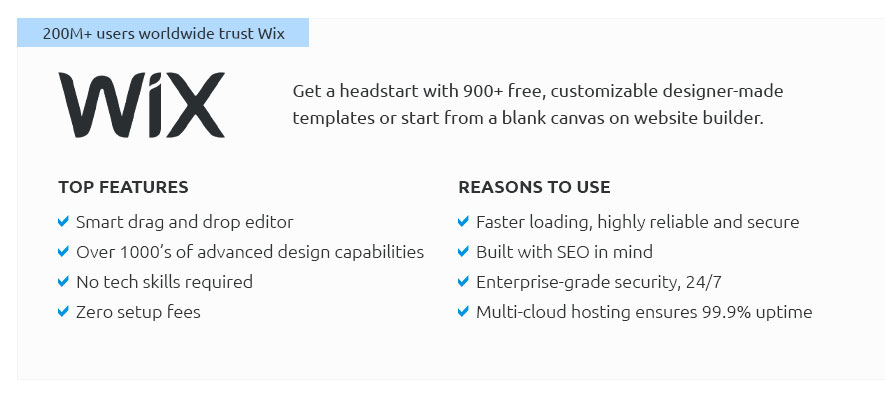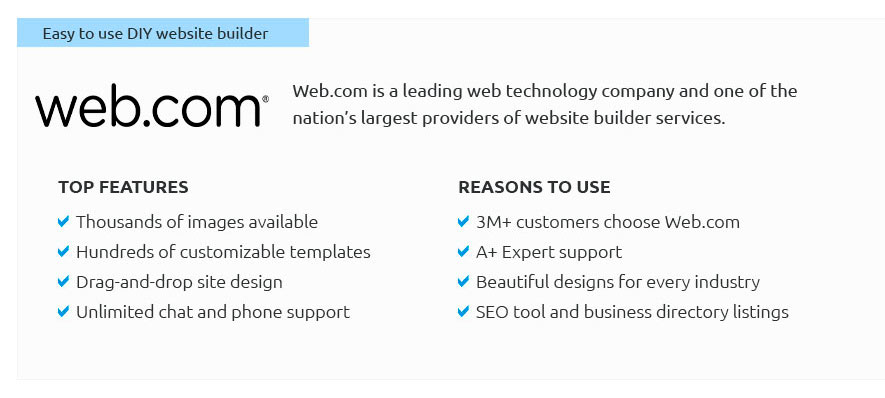 |
 |
 |
 |
|
 |
 |
 |
|
 |
|
 |
 |
|
 |
|
 |
|
 |
 |
Creating an Organizational Website: A Comprehensive GuideIn today's digital age, establishing an online presence through a well-crafted organizational website is not just an option, but a necessity. Whether you're spearheading a non-profit, a community group, or a professional organization, a website serves as the central hub for your communications, operations, and outreach efforts. Here, we delve into the essential steps and considerations to create a website that is both functional and engaging. First and foremost, it is crucial to understand the purpose of your website. What goals do you aim to achieve? Perhaps you wish to inform your audience about your mission, drive engagement through events, or facilitate donations. Clearly defining your objectives will guide every subsequent decision, from design to content. Once your objectives are clear, the next step is selecting a domain name. This will be the web address people use to find you online, so it should be concise, memorable, and reflective of your organization's identity. Ideally, choose a .org domain to underscore your non-commercial nature. With a domain in place, choosing the right web hosting service is paramount. The host is where your website's files will be stored and accessed by visitors. Look for a service that offers reliable uptime, excellent customer support, and scalability to accommodate future growth. While some might argue in favor of cost-effective solutions, investing in quality hosting is a decision you won't regret.
Once your website is live, maintenance becomes an ongoing task. Regularly update content, monitor performance metrics, and solicit feedback to continuously improve the user experience. As digital trends evolve, staying informed and adaptable ensures your website remains a vital asset. In conclusion, while creating an organizational website may seem daunting, it is a manageable process with the right approach. By focusing on clear objectives, user-centric design, and quality content, your website will not only reflect the essence of your organization but also effectively serve its purpose. As you embark on this digital journey, remember that the true value of a website lies in its ability to connect, inform, and inspire your audience. https://www.wix.com/blog/how-to-create-an-effective-non-profit-website
Choose a platform - Design your layout - Create a logo - Incorporate the right content - Establish a domain name - Optimize for SEO - Make your site mobile friendly. https://www.springly.org/en-us/blog/how-to-create-nonprofit-website/
Assemble a Team - Determine the Objectives of Your Nonprofit's Website - Find a Host and Domain Name - Create Website Architecture - Think About Design - Create ... https://pir.org/our-domains/become-a-registrar/
Become a registrar for .ORG and the .ORG Family of Domains and build your brand, expand into new markets, and change the world.
|